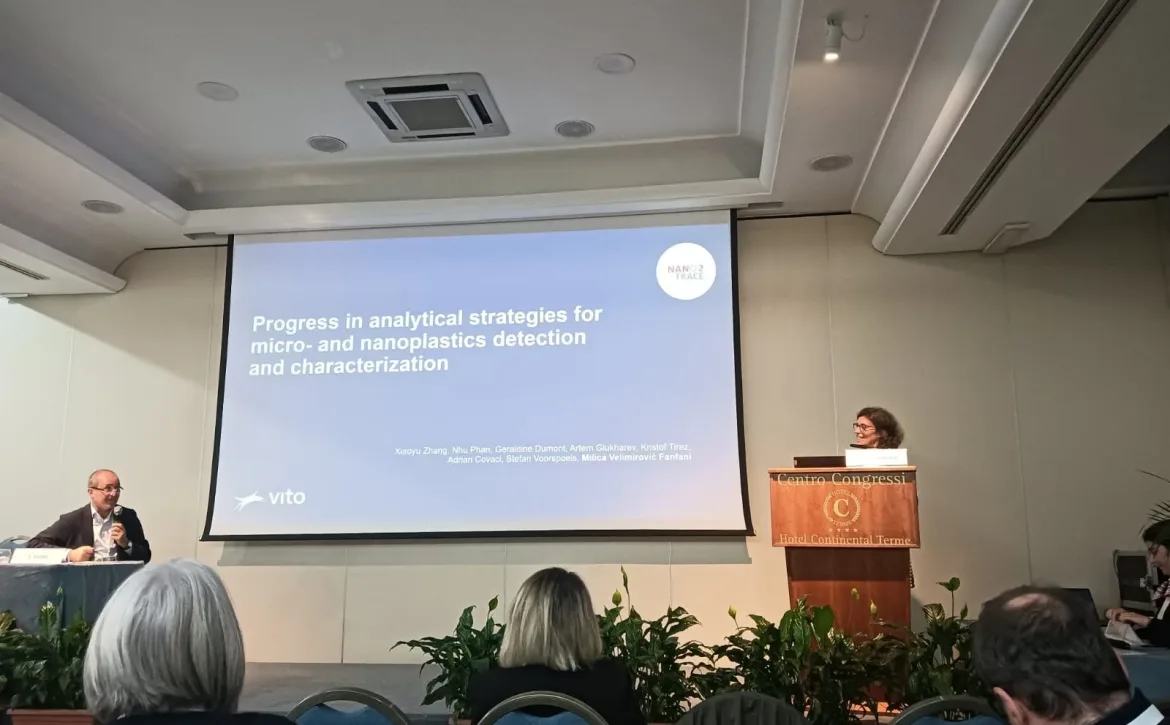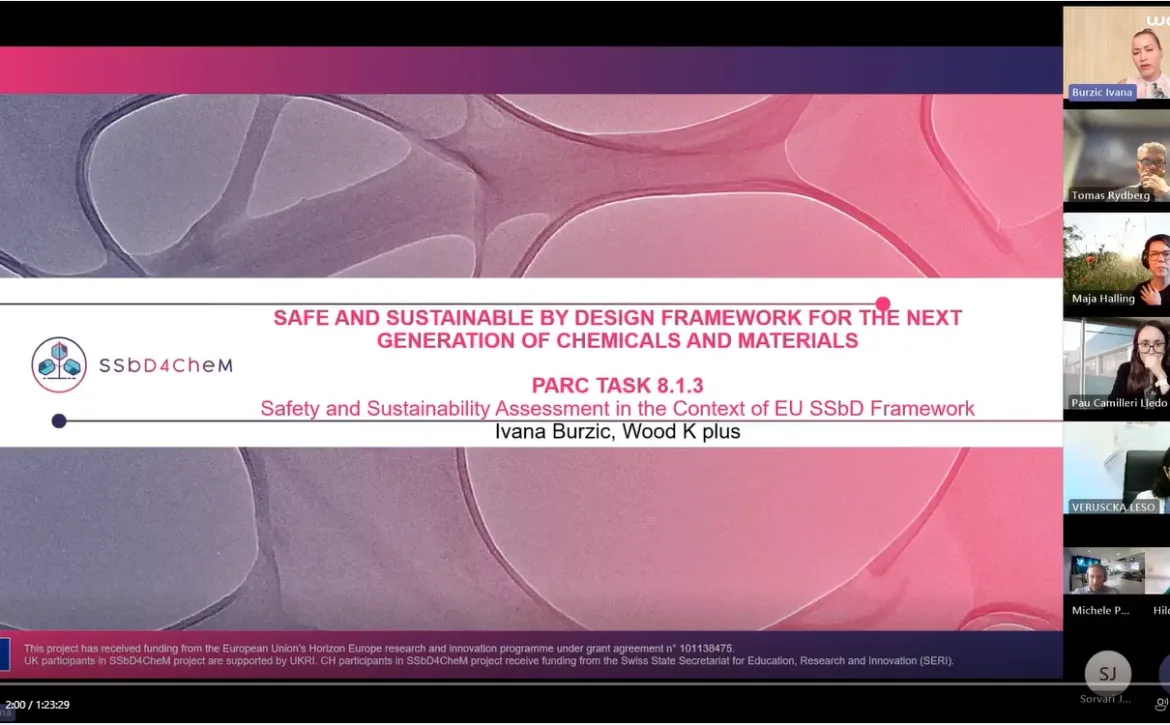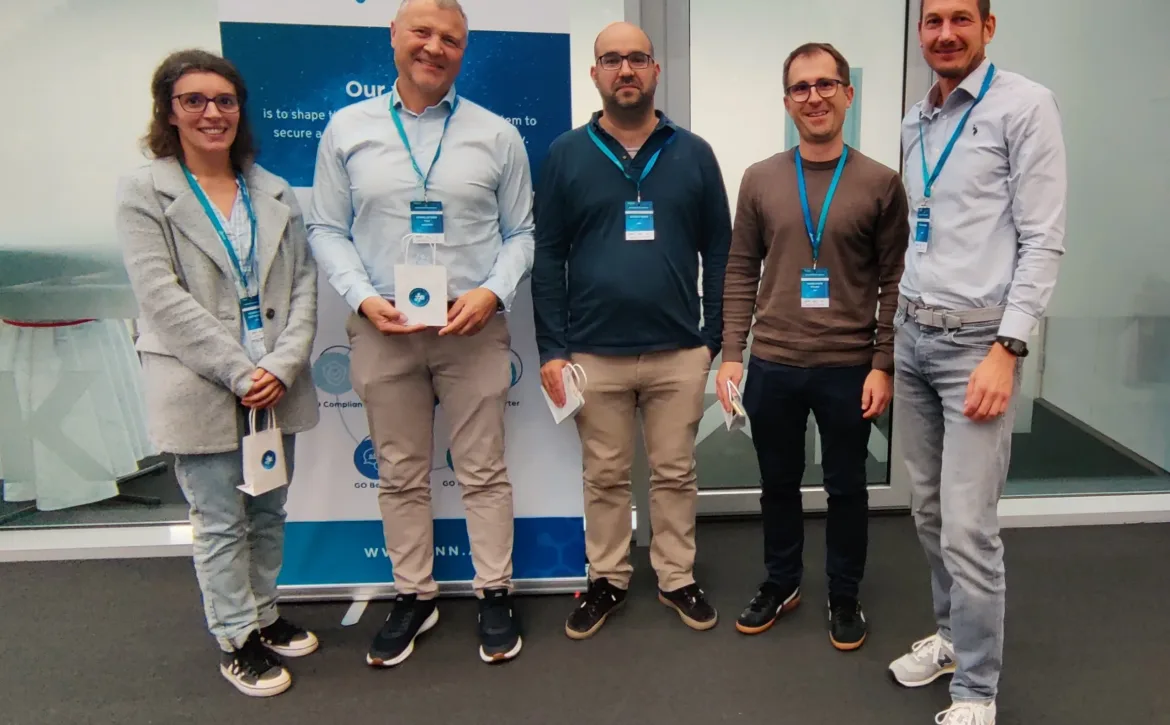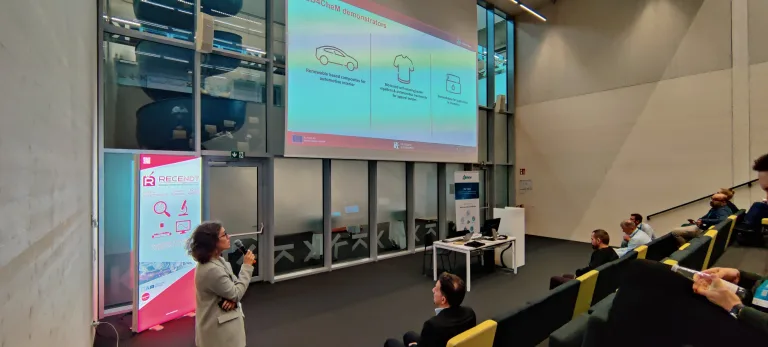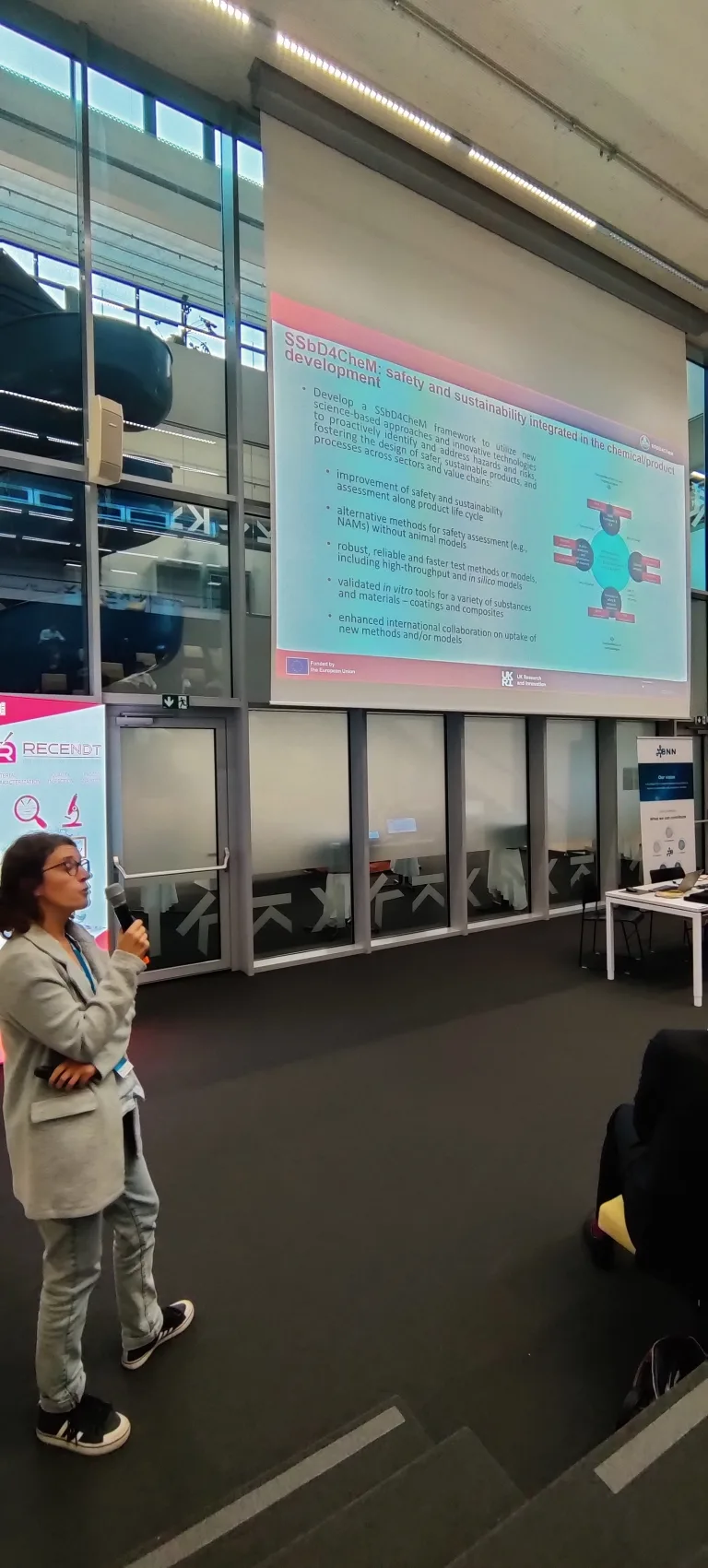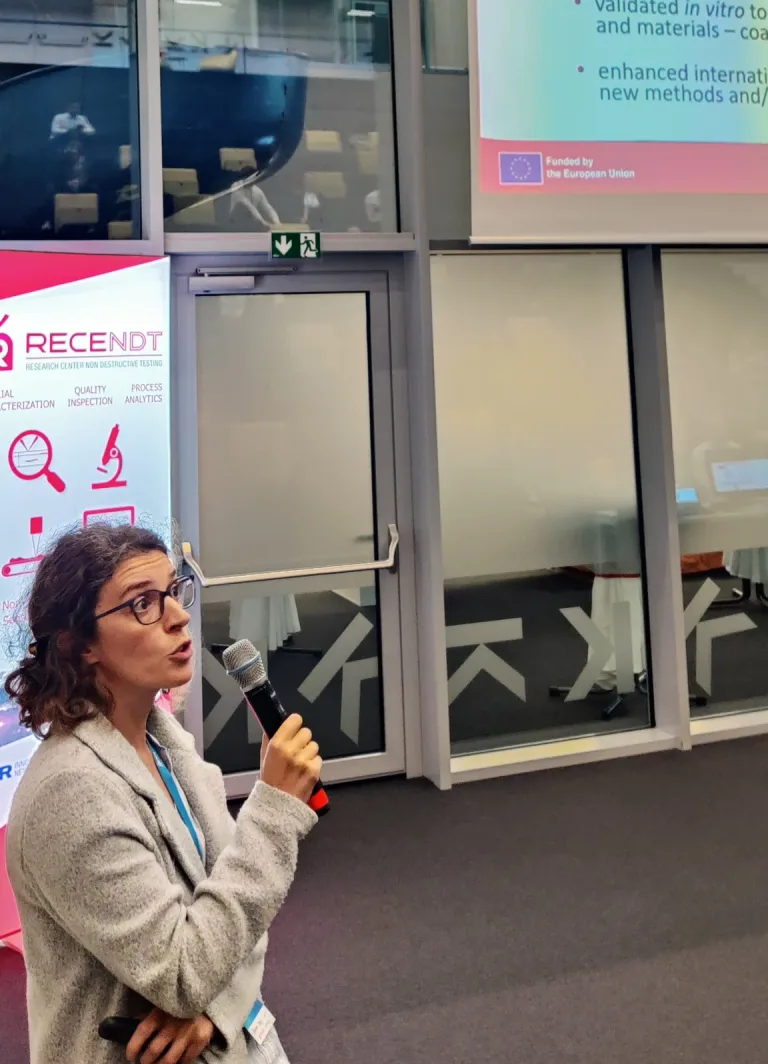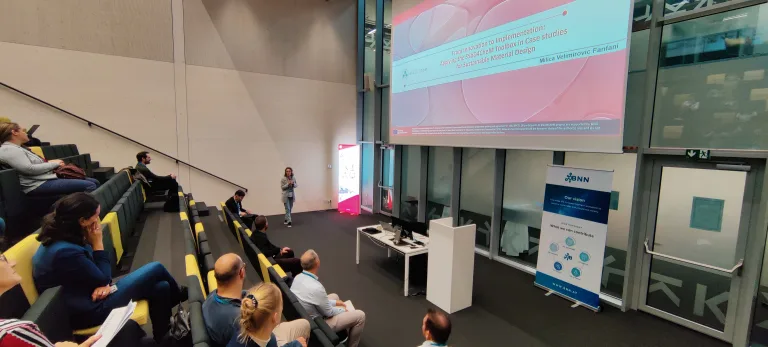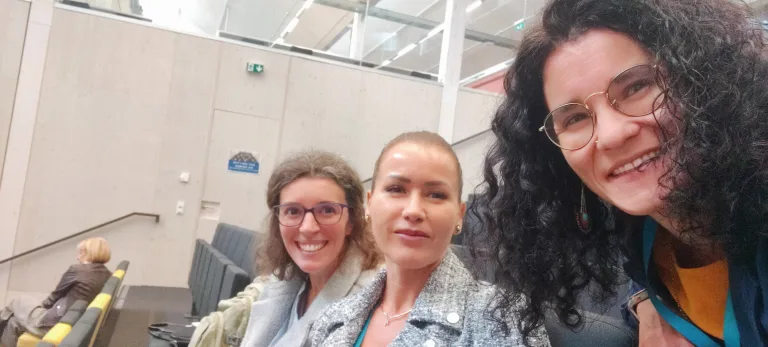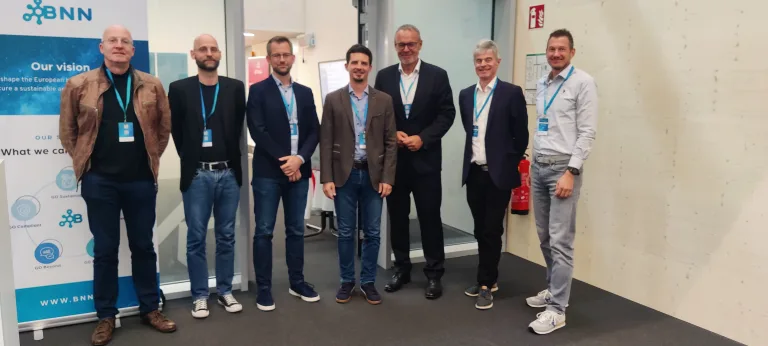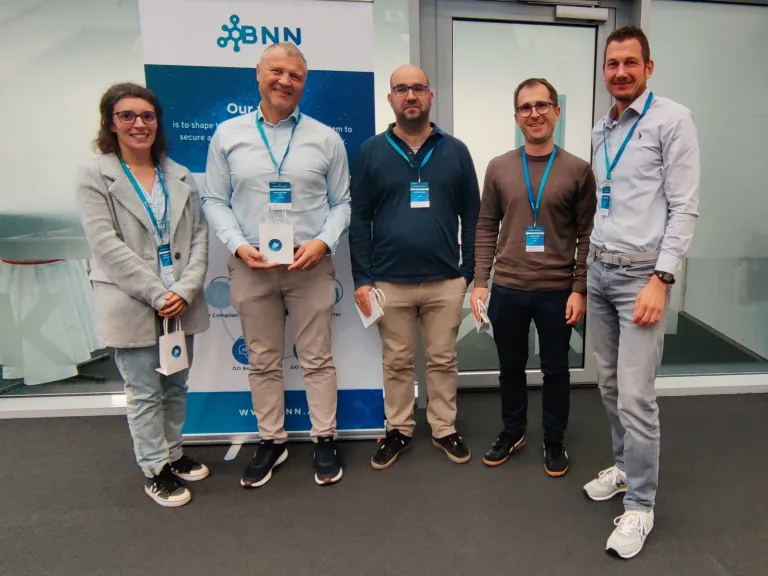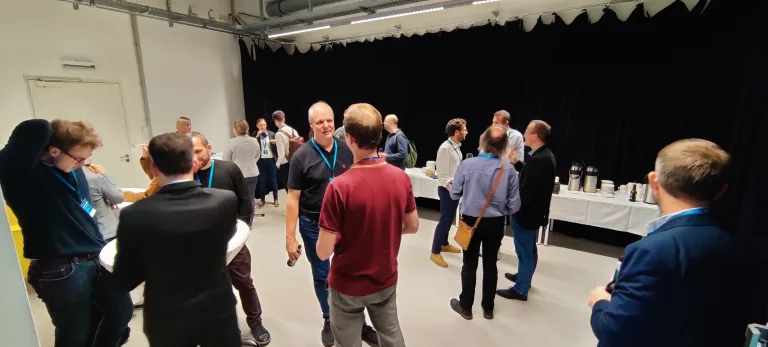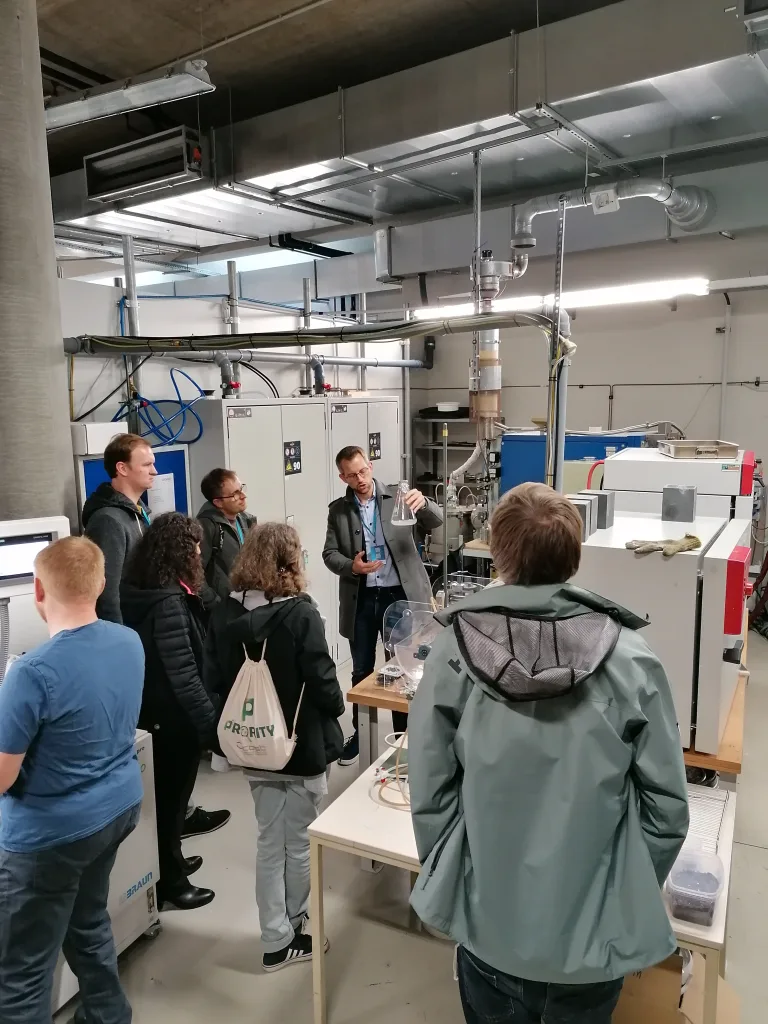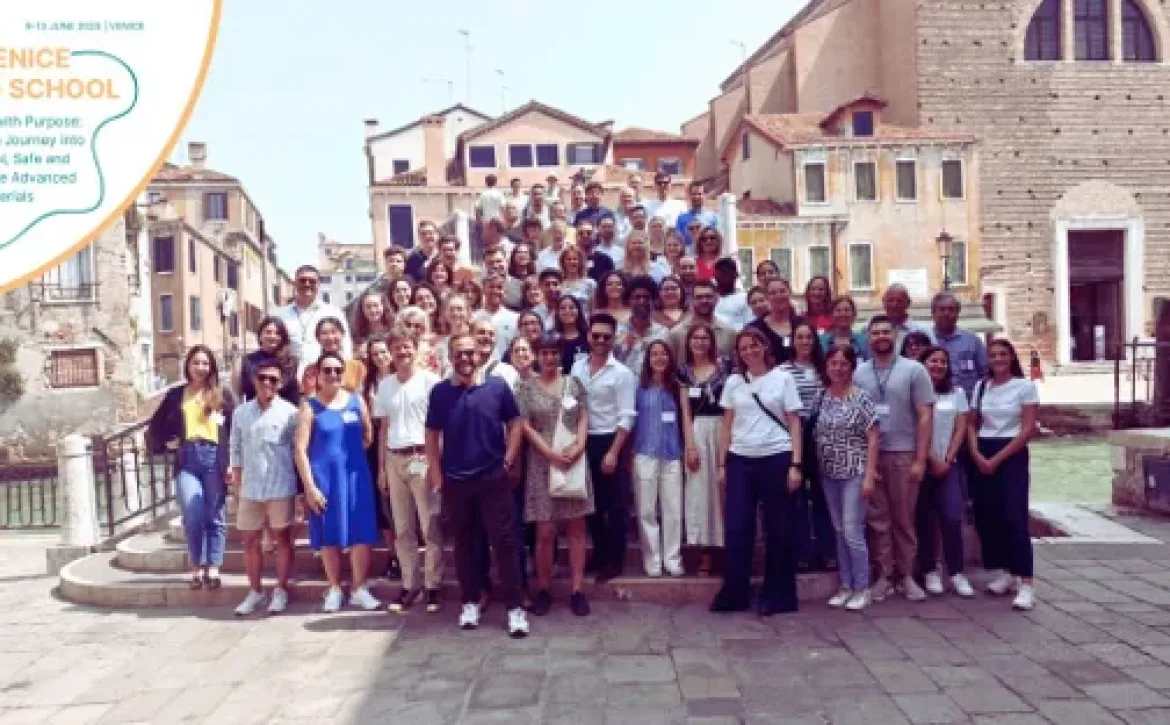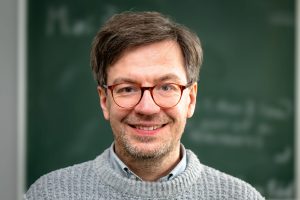The BioNanoNet community gathered in Linz, Austria on 7 October 2025 to discuss how advanced technologies and sustainable industrial practices are being translated into the life sciences sector.
The BioNanoNet Annual Forum 2025 took place at the LIT Open Innovation Center in the vibrant city of Linz, where four of our members graciously co-hosted and welcomed us to their facilities. Attendees were treated to site tours at Johannes-Kepler-University (JKU) IPC Institute, Competence Center CHASE, RECENDT and Wood K plus. The partners shared fascinating insights into their R&D work, including different methods for non-destructive testing, the production of sustainable polymers, a showcase of polymer waste recycling, and possible applications of bacterial cellulose.
The forum started with a welcome by Alberta Bonanni, vice-rector of JKU, highlighting the importance of interdisciplinary cooperation and was followed by keynotes from Dr. Michael Egermeier, Wood K plus (“Bacterial Cellulose Emerging as Novel Material for Advanced Applications”), Dr. Markus Brandstetter, RECENDT (“Bio-Nano-Med & Chemical Analytics at RECENDT”), and Patrick Pammer, CHASE (“Upgrading Plastic Wastes to Industrial Feedstocks”).
After the 4 site visits, the group reconvened in the LIT Open Innovation Center for a Life Science Session spanning a wide range of topics starting with a talk by Werner Haselmayr, JKU, on the “Internet of Bio-Nano Things: Extending Connectivity to Unconventional Domains”. Max Sonnleitner, CEO of Genspeed Biotech, shared his insights from years of experience on how to bring an innovative idea to a final product in diagnostics. This was complemented by a perspective from BNN’s regulatory specialist Daniel García emphasizing the need for innovation support including regulations.
The second session was dedicated to Safe-and-Sustainable-by-Design (SSbD) with updates from current and past projects as well as newly established methodologies. Milica Velimirovic of VITO presented the first case study with “Applying the SSbD4CheM Toolbox in Case Studies for Sustainable Material Design”. Danail Hristozov of GreenDecision presented new methodologies from the project SUNRISE and the NSC Community with his talk “SSbD in the NSC field – Tiered SSbD approach and e-infrastructure”. Next, Martin Himly of PLUS presented PINK and PLANETS projects, showing fascinating work on how to implement SSbD in concrete industrial chemicals and materials value chains. Finally, Andreas Barth of Wood K plus shared the lessons learned and opportunities of Social LCA within the SSbD Framework and put a spotlight on this oft-underrepresented dimension of SSbD.
The highlight of the event was the final Networking Pitch Session, moderated by BNN’s Clemens Wolf. Fifteen members had a single slide and 30 seconds to pitch their expertise and seek collaboration opportunities. It was a lively session showcasing the great diversity and potential within the BNN network, and it sparked lots of ideas and initiated new connections!
The evening ended with a networking buffet and drinks. As always, we greatly enjoyed the time with all participants and especially getting to see the facilities of JKU, CHASE, RECENDT and specially Wood K plus
Agenda of the event.
Some impressions of the day:
